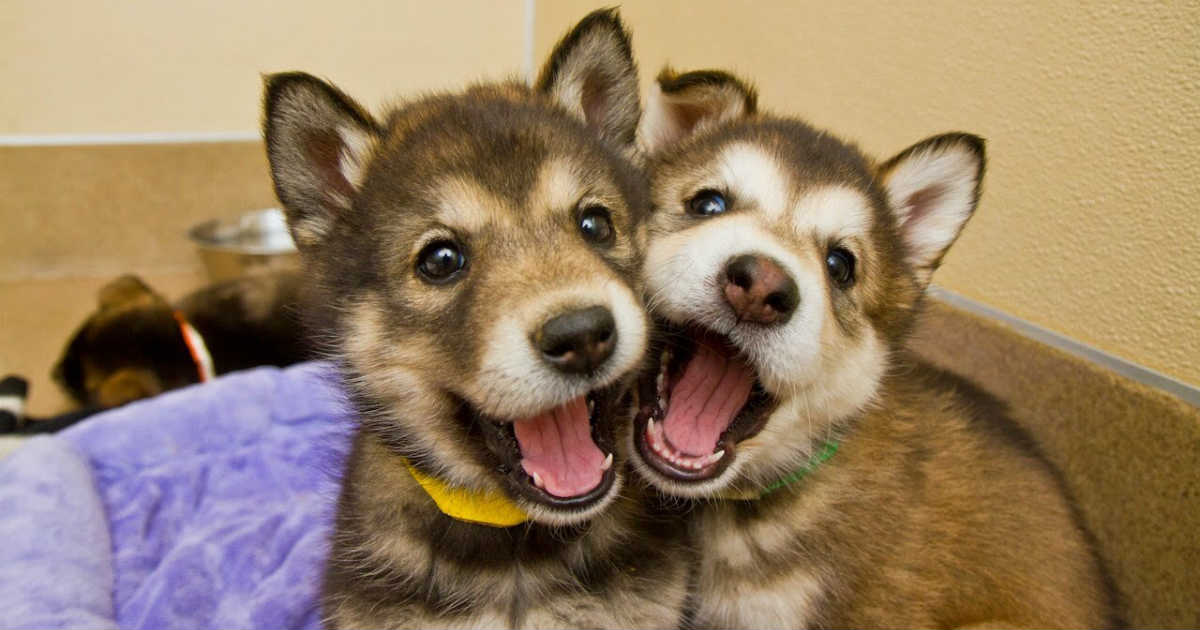Separation Anxiety In Dogs Explained
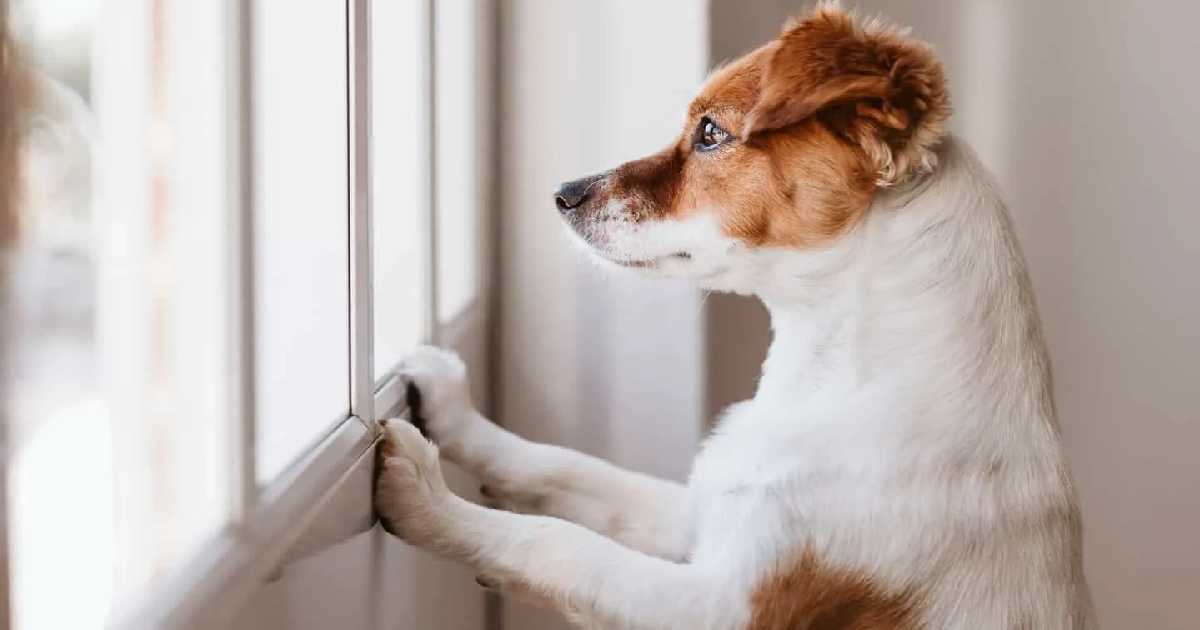
Every owner loves attention from their pet dogs. That’s probably one of the major reasons why they got a pet dog in the first place! But what happens when your dog becomes overly attached?
Though not exactly common nor too rare either, separation anxiety can take a lot of time, effort and money to treat. And since its symptoms are behavioral, it can be harder to diagnose. Most often than not, the dog is misdiagnosed with separation anxiety when it is really other health related issues. Unsure of the signs? Here is what separation anxiety is all about.
What Is It?

Separation Anxiety, as its name suggests, is a mental illness describing dogs who will be in extreme distress when left alone or when separated from their owners. The symptoms may vary from dog to dog. Simply put, the closest thing to a separation anxiety is a panic attack in human terms.
Just like how some of us experience fear and panic afterwards, it is the same for dogs. They are either in fear of being alone or they have an attachment disorder with their owners. With this said, treating your dog with separation anxiety requires a lot of patience. It’s important to remember that your dog isn’t doing this out of spite! It is not just your dog misbehaving. It’s an actual condition that requires proper treatment just like other illnesses. So be patient! Love your dog enough to take responsibility.
Symptoms
Here are some signs that your dog might show if it has separation anxiety:
- Excessive howling or barking
- Frequent “accidents” despite being potty trained
- Excessive drooling or panting
- Repetitive pacing
- Constant attempt to escape from closed rooms
- Destructive behaviors; chewing, digging, scratching
Side note, just because your dog has done any of these, it doesn’t mean that your dog has separation anxiety! It’s normal for dogs to behave in these ways once in a while. However, if your dog does them almost all the time, then there is the possibility that your dog has contracted it.
The best way to verify is by capturing their behavior on camera and show it to your local vet. Your dog’s distress may also be due to other health reasons. With this said, it is generally recommended bringing your dog for a check up at the vet to determine the exact cause and condition. While your dog may not exactly have separation anxiety, he may or may not have contracted other diseases. It’s always better to be safe than sorry!
With this said, these common symptoms are also, unfortunately, the common reasons why dog owners get rid of their dogs. It is even sadder to think about it as there are available treatments for it. Follow a few simple steps and repeat until your dog gets better. These are part of the responsibilities of owning a dog. If you aren’t up for it, don’t sign up for it!
Causes
There are various triggers for this condition. However, the triggers are subjective to different contexts. There are no defining line as to what exactly causes the condition in dogs. But a general note would be that it usually has to do with past traumatic experiences, life routine patterns or changes and even the dog’s personality.
Dogs who have been abandoned for instance, can be more prone to separation anxiety after adoption. And on the other end of the spectrum, dogs who spend almost every second of their lives with their owner could also develop separation anxiety. Abandoned dogs face the trauma of being left alone by their previous owners or parents. This would lead to them developing the same type of fear toward their new owners. On the other hand, dogs who spent all their time with their owners could also develop the fear of losing them. This develops over a period of time of extreme habitual clinginess.
Other causes of separation anxiety would also include a sudden change in schedule or a loss of family member. Take the COVID-19 pandemic for instance where everyone is forced to stay in-doors. In this duration of time, the dog would constantly be able to see its owner. However, when the pandemic comes to an end, the dog would face a new change of schedule. It won’t be able to see its owner as much anymore. This sudden change could trigger an anxiety reaction. The same goes with the passing of a family member. However, It seems that the causes are almost all rooted in the fear of abandonment.
Now that we know what causes it, how should we deal with it?
How To Deal With It?
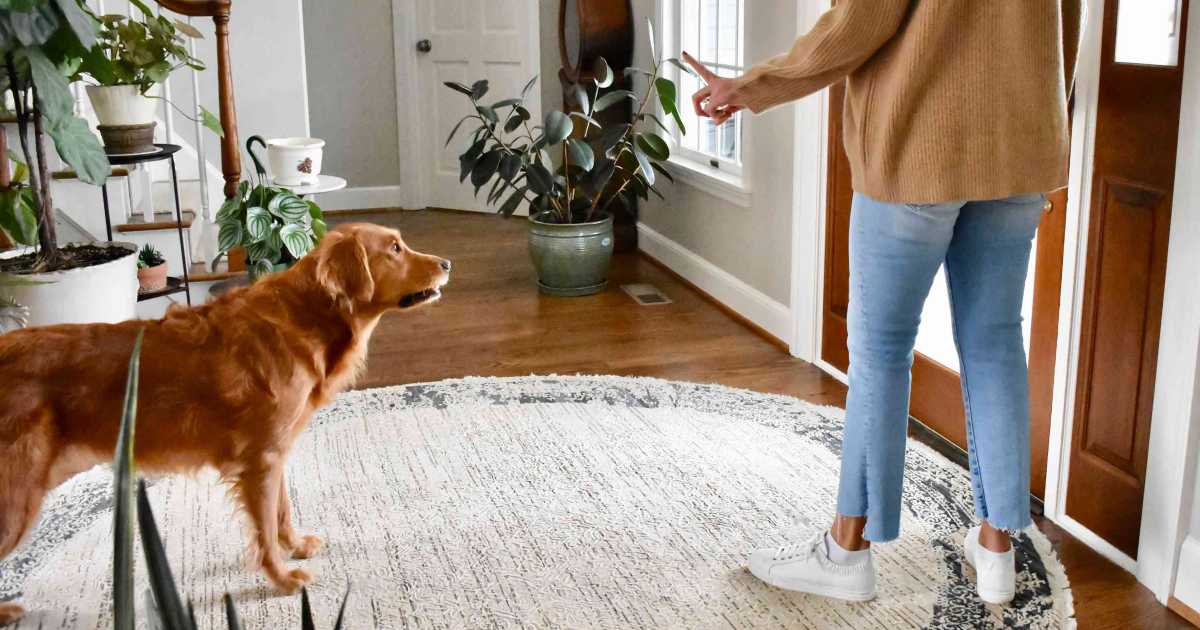
There are numerous ways of dealing with this condition. Most of them involve behavioral training. But since there are no defining causes of this condition, there are no exact measures either. Treatment varies from dog to dog as every instance are subjective to their own context. In some cases, the condition seems to be mild whereas in other cases, it is more severe. Depending on your dog’s condition, be prepared to try out various methods. The tough part of this condition is that it is a long term process. It puts both the dog and the owner to the test.
1. Get It Checked!
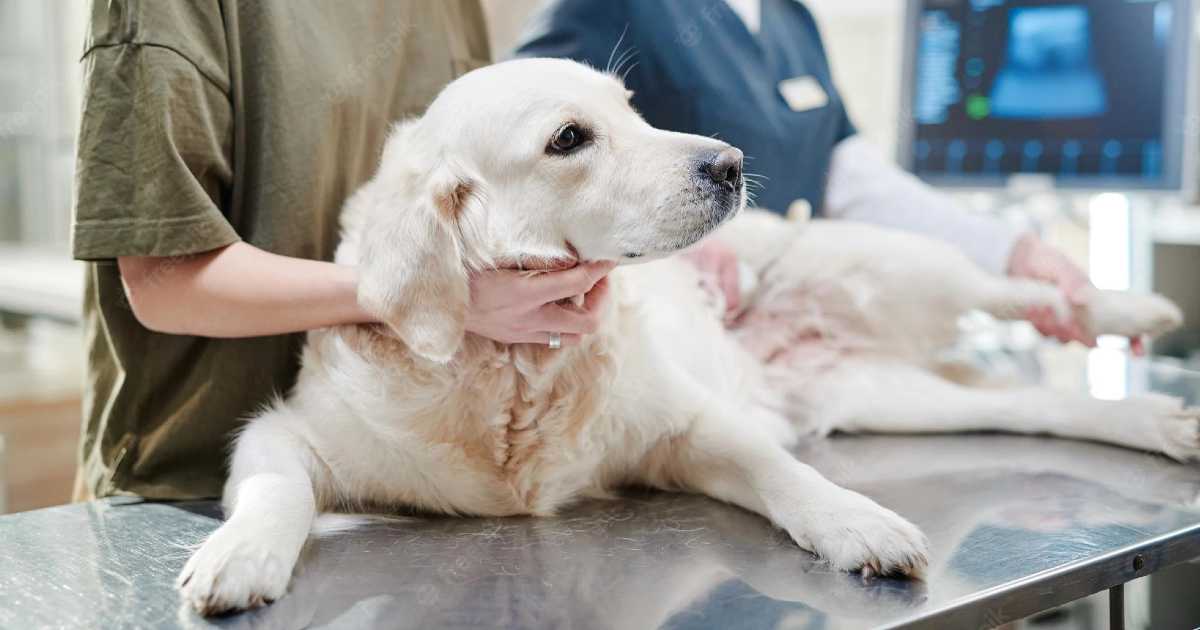
The first step to take is to always bring your dog to the vet. Some symptoms of separation anxiety are similar to those of other health threatening diseases. Ensure your dog’s health and bring it for a check up first.
Apart from making sure your dog is physically healthy, you can take this chance to ask your vet about the condition of your dog. Sometimes, they would even suggest hiring trainers to help you in the process.
Identifying the exact condition of your dog can help you incredibly in knowing where you should start. In worse cases, medication might be given to you that’ll help your dog feel relaxed.
2. Leave Me Alone!
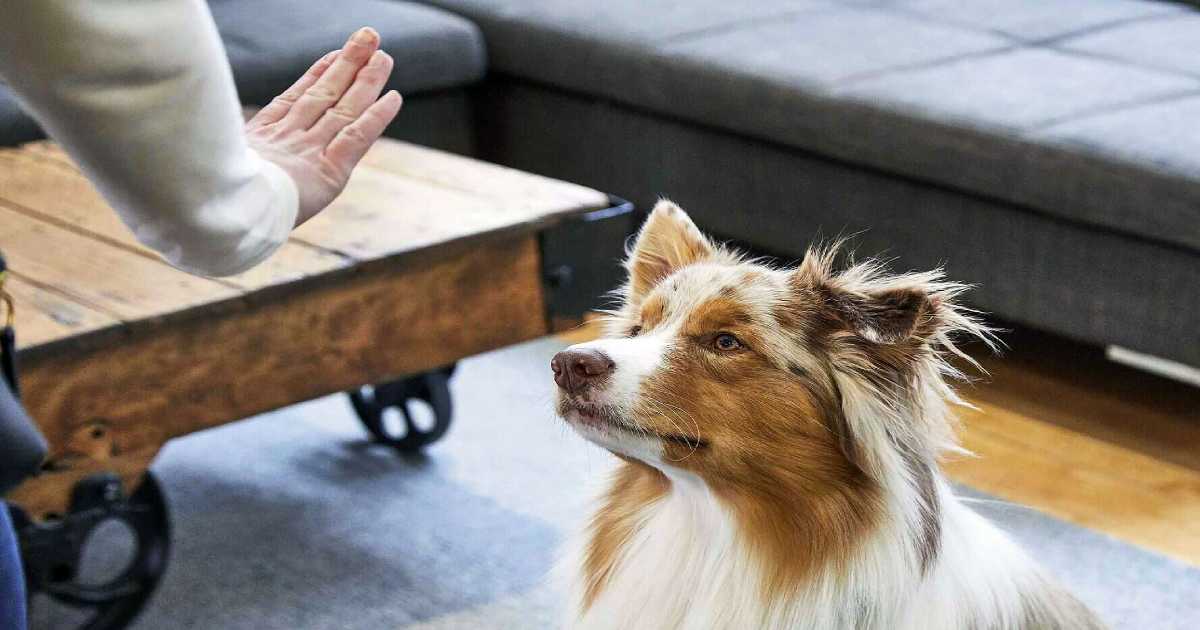
One of the main reasons for separation anxiety is the fear of abandonment. There are various triggers for this condition and can be especially seen in the times that you are about to leave your dog. Certain triggers can be you putting on your shoes or opening your house door. Depending on the severity of your dog’s condition, one way to get your dog used to be away from you is to train your dog to leave you alone!
Remember that dog training is behavioral. One way to encourage independence is by rewarding your dog to be in another separate room from you. You can start by teaching your dog basic commands like “stay”. Once your dog gets the command, you can start by prolonging the duration of the stay. And in that duration, increase your distance away from the dog gradually. Do this for a period of time but always come back to reward your dog. This teaches your dog to be comfortable with your absence
Eventually, you should be able to leave the room completely without your dog getting anxious. Leave some toys in the room as well to let your dog soothe while you’re gone. There isn’t a specific timeline as to when your dog is ready to be alone. Just like humans, each dog is unique to their own personalities. Only you would know your dog’s behaviour. Don’t rush the process and let your dog get used to it gradually. It may take weeks or maybe even months. Ensure that you stick to the routine and be consistent with it.
3. Ignorance Is Bliss
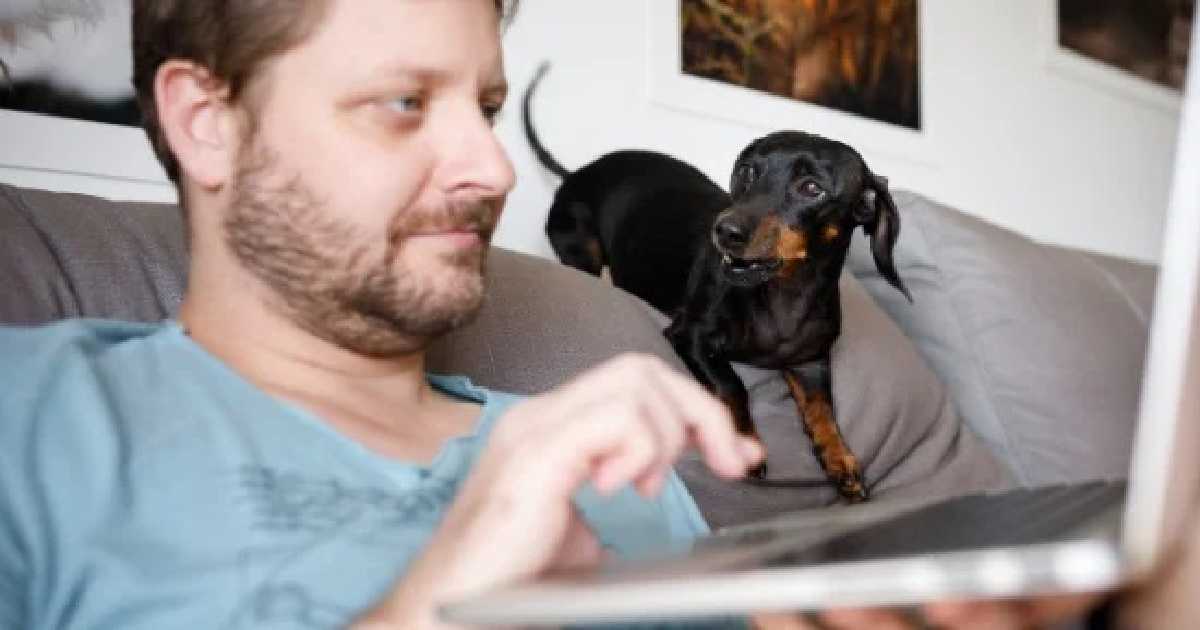
The low and high in your dog’s emotions every time you leave or return home should be a huge indicator of your dog’s condition. Many people usually unloads their affection to their dog before they do those things. It may seem really cute to see your dog’s toe tapping when you come back home. But giving your dog attention right when you come home may contribute to separation anxiety! It’s one of the reasons why your dog would get anxious every time you leave for work.
This unleashing of attention to your dog encourages the internal clinginess that your dog has toward you. This trains your dog to look out for signs that you’ll be leaving home since they don’t want that. That’s the reason why wearing your shoes or picking up your keys could trigger an anxious response in your dog. Delaying leaving and petting your dog due to it whining is also an act of encouragement and can be unhealthy.
To treat this, you can start by ignoring your dog when you return home. As hard as it sounds, ignoring your dog is crucial in reprogramming your dog to not be internally clingy onto you. Every time you come back home, ignore your dog until your dog calms down. Only when it’s calm, you start to give your dog affection. This encourages your dog to be less clingy.
In terms of leaving, identify which action that triggers the anxiety in your dog. If it’s you wearing your shoes, do that action in front of your dog but don’t leave. Wear your shoes or pick your keys and sit in the living room for a bit. This will reassure your dog, and it will get rid of the trigger. Repeat this long enough and your dog will remove the negative connotation with those actions.
4. Patient, patient, patient
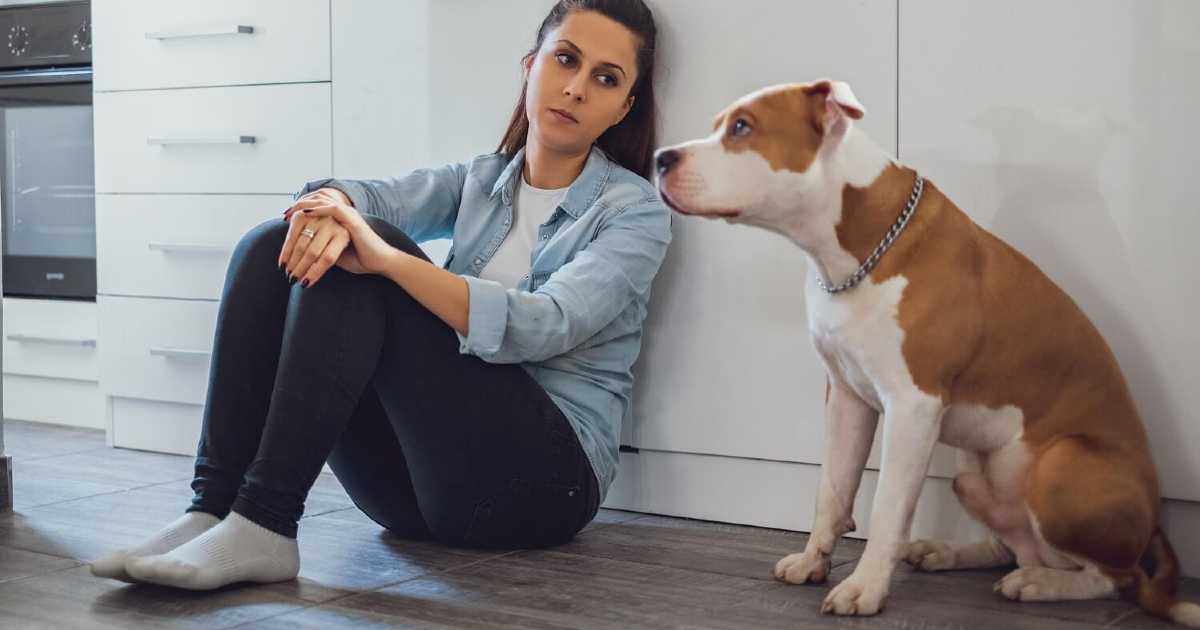
Overall, encourage behaviors that relax your dog and independence. The best thing to do is to keep calm during the duration of training. Except some mishaps from your dog and be patient. That’s the key to consistency and consistency will eventually treat your dog from the condition. The more you react negatively to your dog’s condition, the more it reinforces your dog’s anxiety. Remember that they don’t do those things in spite!
One of the best ways to train your dog is to ensure that you yourself are well-trained first. Make sure that you know what you’re getting into and what you need to do. Knowing what to expect would not stress you out mentally as much.
How To Prevent It?

Knowing that this condition is really difficult to treat, prevention is much easier. It’ll probably cost less too. While there is no defining preventive measures, certain behaviors can help build more walls against separation anxiety. These can also easily be implemented into your regular training regimes for your dog. So it isn’t exactly extra effort as it comes with bonus benefits!
1. Crate Training
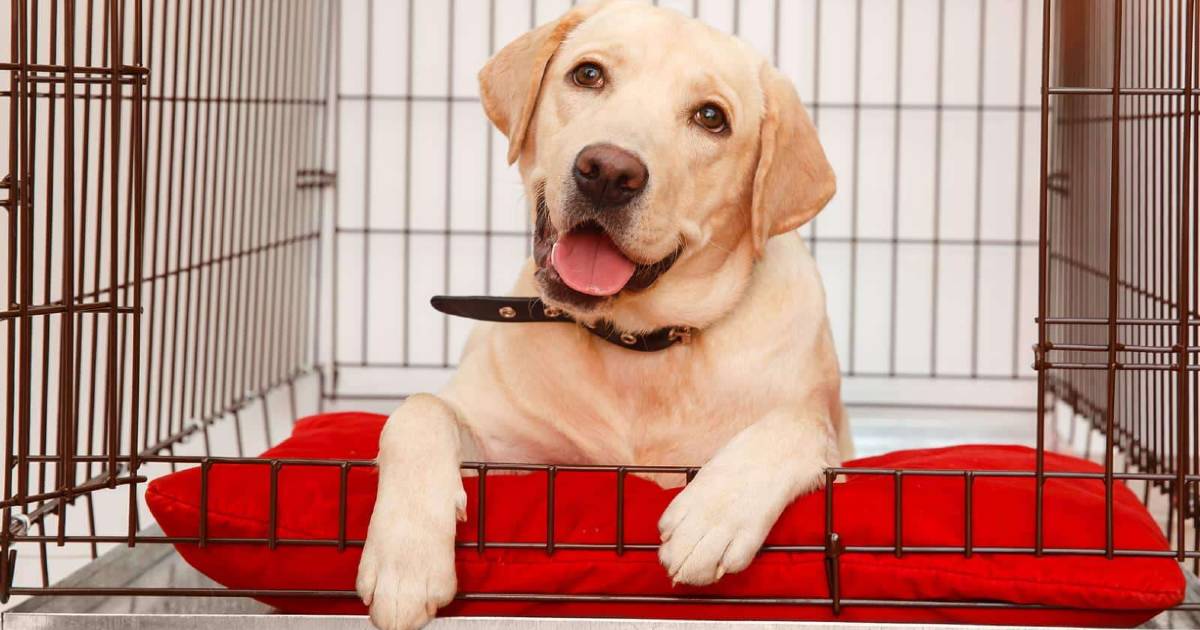
One of the most effective ways to encourage independence is crate training. There is often the misconception that crate training is cruel towards your dogs. If you do it rightly, the crate is the perfect tool to train your dogs.
People usually use the crate as a form of punishment but that isn’t the most effective way to use the crate. Associate the crate with positive things for your dog. You want your dog to want being in the crate and to be comfortable in it. Once your dog is comfortable going into the crate, it naturally encourages independence. The crate should be a place where your dog can feel safe and relax by itself.
Place chew toys in the crate and let your dog play in it. It is best to train your dog to willingly enter the cage. You can train them by rewarding them with treats every time they walk into the cage willingly. Make sure that the cage size is big enough for your dog, and it is a comfortable space for it.
Once your dog is crate trained, it will naturally be comfortable with alone time. This will lower the risk of your dog contracting separation anxiety. Making sure that your dog is comfortable being alone is the greatest preventive measure against this condition.
2. Specific Schedules

Having a specific routine that your dog can follow will keep your dog’s mind at peace. A consistent routine allows your dog to know when you will be home and when you wouldn’t. This trains your dog to know that he will not be abandoned. And that it is okay for you to be away for a bit. This helps to lower the risk of developing a fear of abandonment.
The ideal schedule to have is to separate the dog’s routine into two parts; one where your dog gets to interact with you and one where he is left alone. It is better to set a fixed time when you start to interact with your dog. And in those interactions is where you play with them, train them, walk or run with them and generally bonding with your dog. After a set time, your dog should then be left alone. These moments of not interacting with your dog is where your dog has to learn alone time. They should be able to keep themselves distracted when you are not around. This independence will prevent your dog from getting anxious whenever you are not around.
3. Exercise
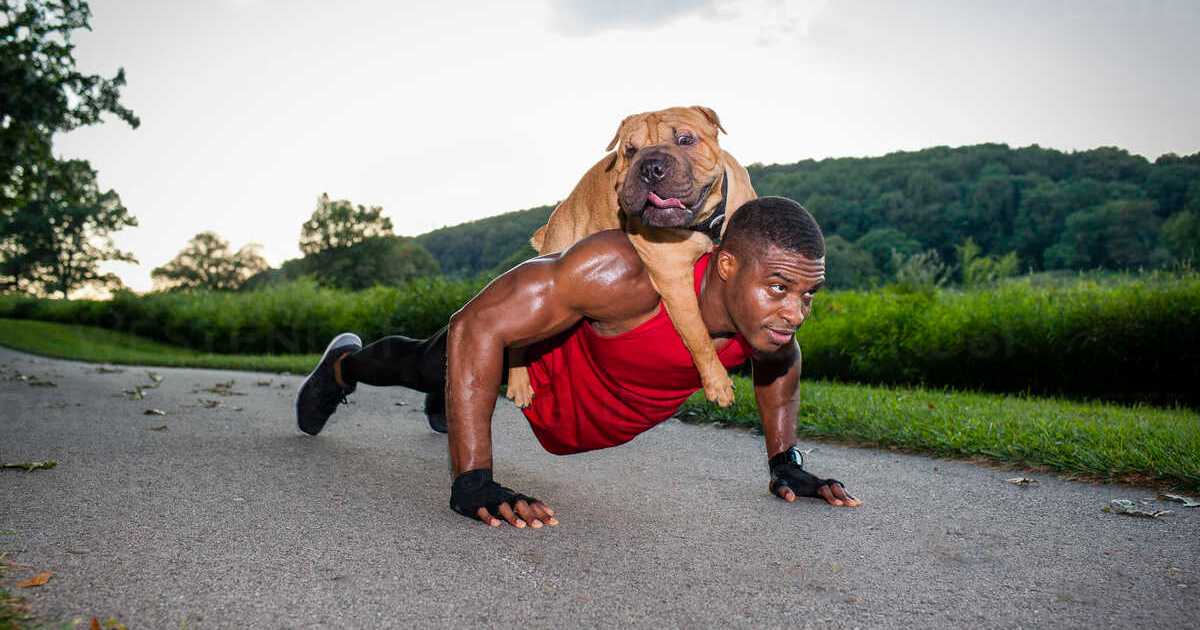
One way to keep your dog distracted is through regular exercises. Exercising tires your dog. This means increased sleep time! There is a lesser chance of developing separation anxiety among dogs who are actively exercising. Dogs with high energy especially, needs that active exercises and play time with you. If an owner doesn’t exercise a high energy dog, it’s no surprise that conditions such as Separation Anxiety happens! Just like human, dogs need exercise to stay healthy both physically and mentally.
Apart from physical activities, you should have your dog play mentally engaging activities too! Activities such as puzzle solving, cognitive games or training are all crucial in developing your dog’s mental muscles. The stronger they are mentally, the harder it is for them to develop mental conditions like separation anxiety.
4. Boundaries
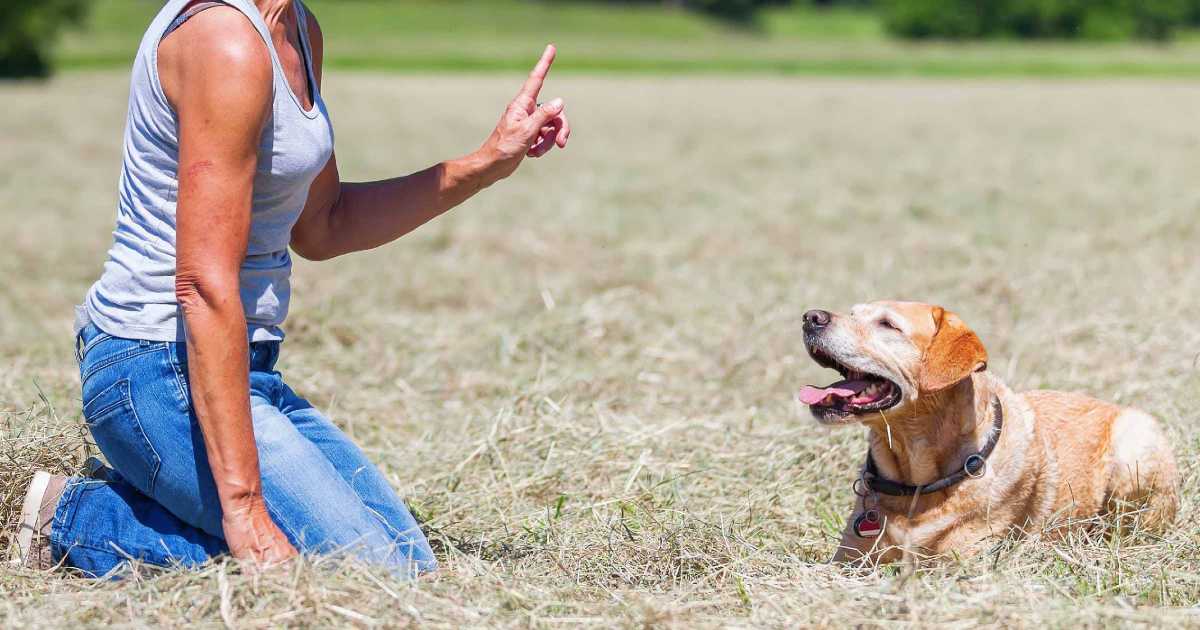
Another preventative method is by teaching your dog boundary commands. You should always be able to shut off high energy emotions in your dog with a simple command. Training your dog to calm down immediately during high emotion scenarios are crucial in many situations. In the case of separation anxiety. It would be harder for your dog to react on trigger points as it is trained to remain calm in high reactive situations.
To train your dog, get a treat ready during play time. When your dog experiences high emotions, don’t react to it and use commands such as “stop” or “stay”. When your dog calms down to those commands, reward your dog with the treat. Repeat this until your dog is obedient to your command during high energy situations.
Once you are able to have your dog under your command even on a high emotional state, the chances of separation anxiety will be low. This also teaches your dog boundaries that shouldn’t be cross which enforces independence and obedience. You need your dog to understand that love and affection are not excuses for unhealthy habits. Set the boundaries with your dog and train it to obey the boundaries.
5. Bond
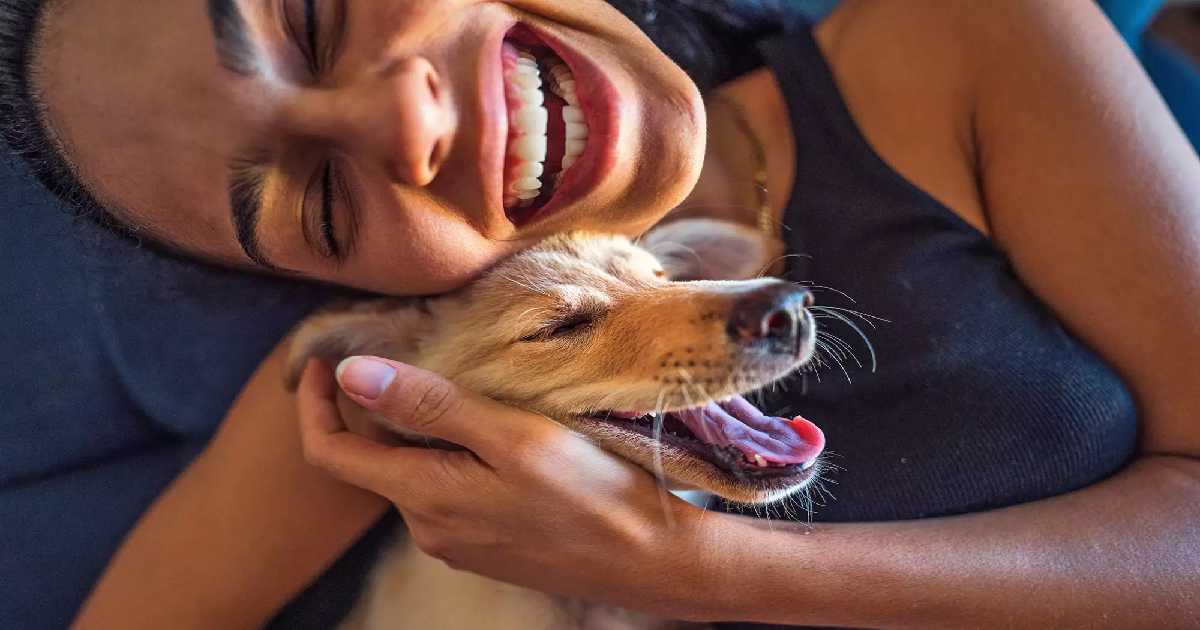
Probably one of the most critical preventive measures is to establish a strong bond with your dog! And the foundation of that bond is as equally important. What is your dog and your bond grounded on? If it is on a mere foundation of endless affection and attention with no training, it is definitely a set up for disaster. It is on grounds like these that separation anxiety can thrive and grow.
The kind of bond you set with your dog should have a healthy balance of affection and independence. You can’t simply unleash all love onto your dog nor can you ignore it all day. Your dog should learn the boundaries and schedule to when is play time and when you are busy. This trains your dog to feel safe constantly. A dog that has a strong bond with its owner would rarely develop separation anxiety. The key is to develop a strong and healthy bond that is built on consistency and training.
With these said, separation anxiety is hard to treat but there are various ways of treatment and prevention. Stay consistent and learn along the way with your dog!







